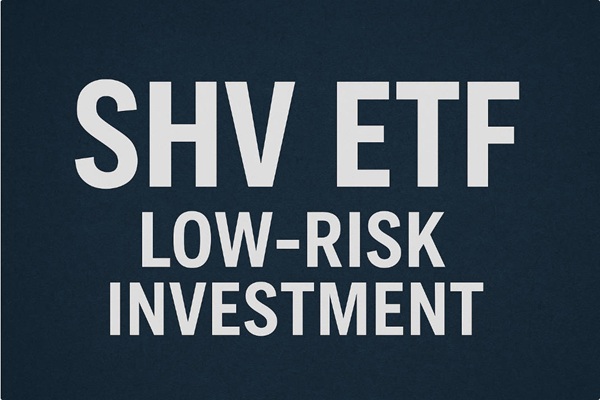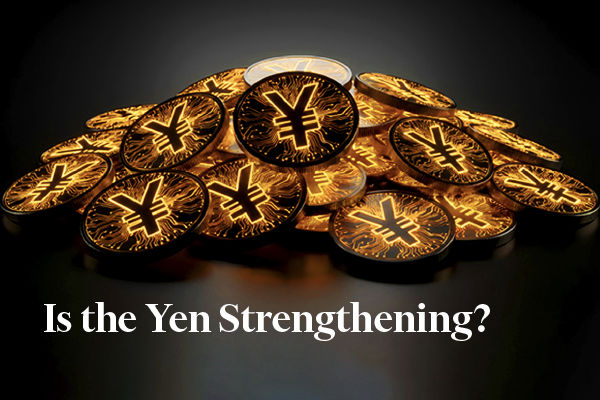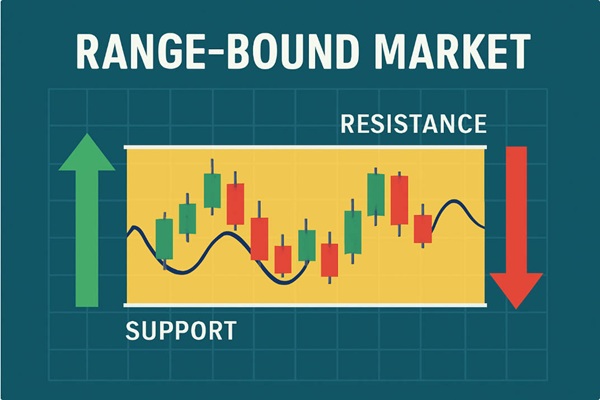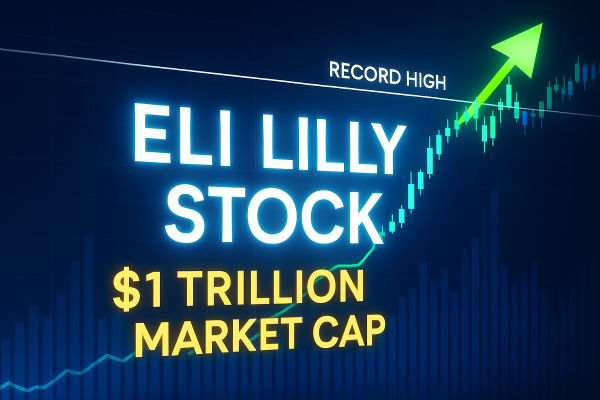The world's sovereign wealth funds are turning to long China, while central
banks are diversifying reserves to weather a volatile global environment, an
Invesco survey of sovereign funds and central banks showed.
They are seeing a major resurgence in interest in Chinese assets with nearly
60% intending to increase allocations there in the coming five years,
specifically the tech sector.
Notably the survey was carried out before Trump's "Liberation Day" tariff
announcements, which has turned out to be prescient. The A50 index is set to
notch a third straight monthly gain.
China shapes up to be a global leader in semiconductors, cloud computing, AI,
EV and renewable energy, which prompted FOMO-driven buying, said Rod Ringrow,
Invesco's head of official institutions.
In contrast, over 70% of the central banks polled said rising US debt is
negatively impacting the dollar's long-term outlook. Two thirds said they are
looking to build larger, more diversified reserves to manage volatility.
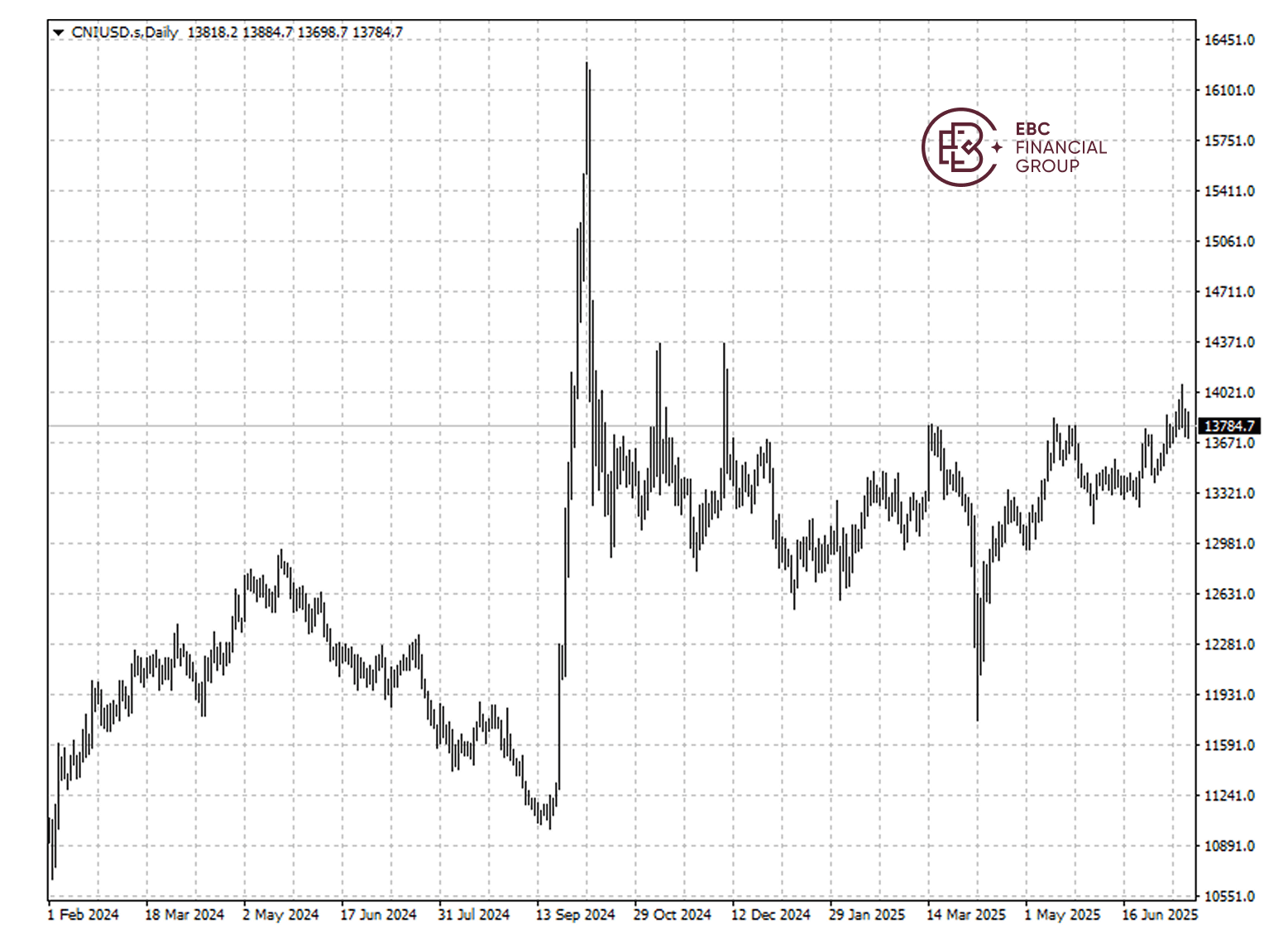
But retail investor sentiment in the market remains neutral. Most of them
have barely benefited from the A50's uptrend and high trading volume this year
as the breadth of the rally is narrow.
Megacap banking stocks are on a record breaking steak, helped by funds in an
attempt to see higher return. China 10-year government bond yield is languishing
around the historical lows.
Anti-involution
Central government pledged to regulate "disorderly" price competition at a
high-level meeting earlier. Overcapacity has hurt profitability in sectors
ranging from solar, new energy vehicles to steel.
A more coordinated policy response to tackle the drivers of deflation is
needed to curb aggressive price-cutting biting into businesses, though Beijing
has not yet released any major plan.
PPI plunged 3.6% in June from a year earlier, marking its largest decline in
nearly two years. Profits at industrial firms plunged 9.1% in May from a year
earlier, marking the steepest fall since October last year.
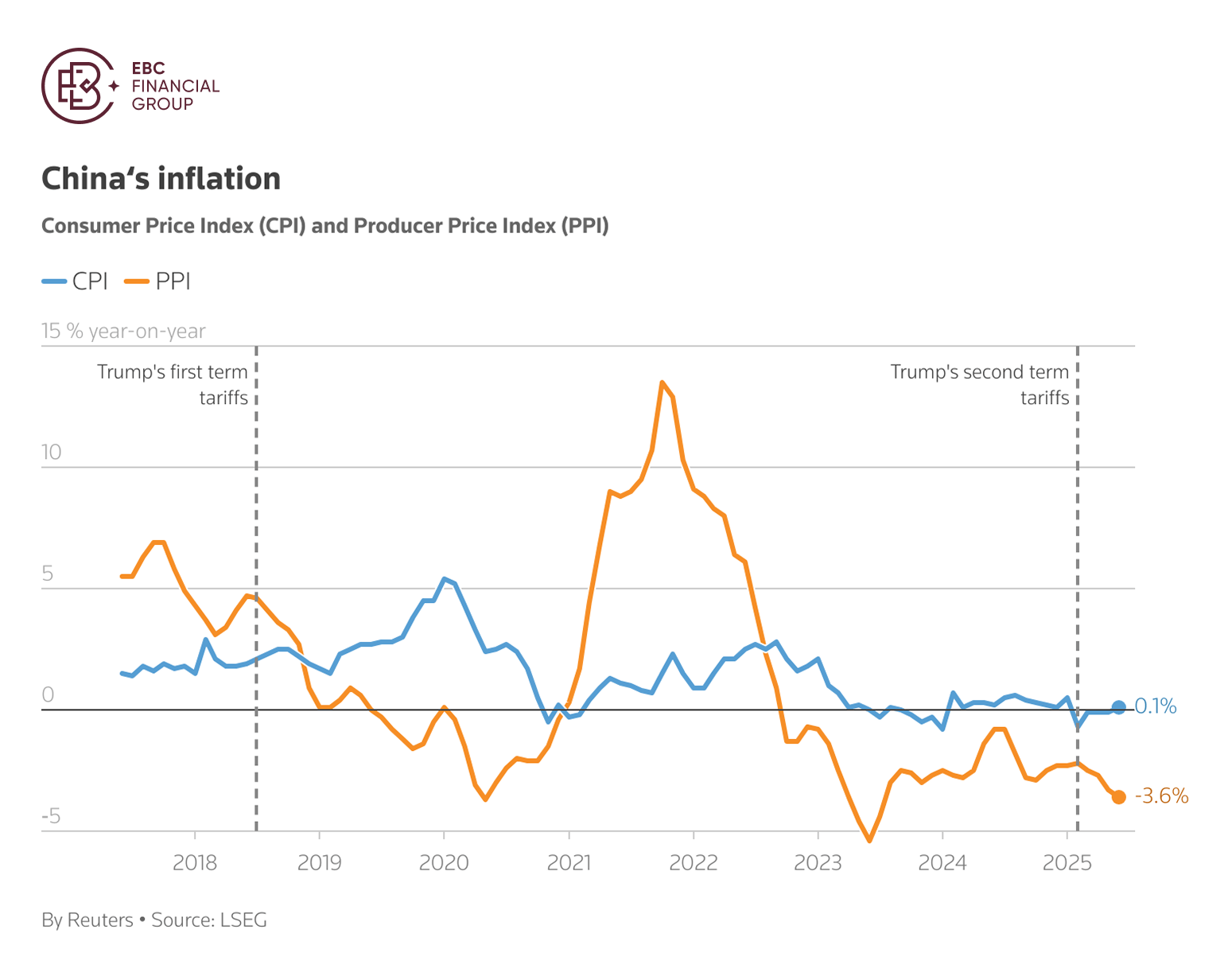
While the current rhetoric recalls the supply-side reforms of 2015-2018,
there are key differences this time. Oversupply has spilled over to downstream
sectors and hence more tricky.
Morgan Stanley strategists said sentiment has improved with the government's
message, and added they now prefer A-shares over offshore ones. The Hang Seng
index has greatly outperformed in 2025.
The country risks a spiral into deeper deflation as it diverts US-bound
exports to domestic market. The PBOC cut interest rates in May before China and
the US agreed on a trade framework weeks ago.
Despite monetary loosening, the banking sector offering lucrative dividend
yields may still have room to run. The yuan's stability is another potential
tailwind, drawing more foreign inflows.
A pivot to consumption
China's GDP grew at a faster-than-expected rate in Q2, keeping the country on
track to meet its full-year target of 5%. Though beating estimates of a 5.1%
growth, it represented a slowdown from the 5.4% in Q1.
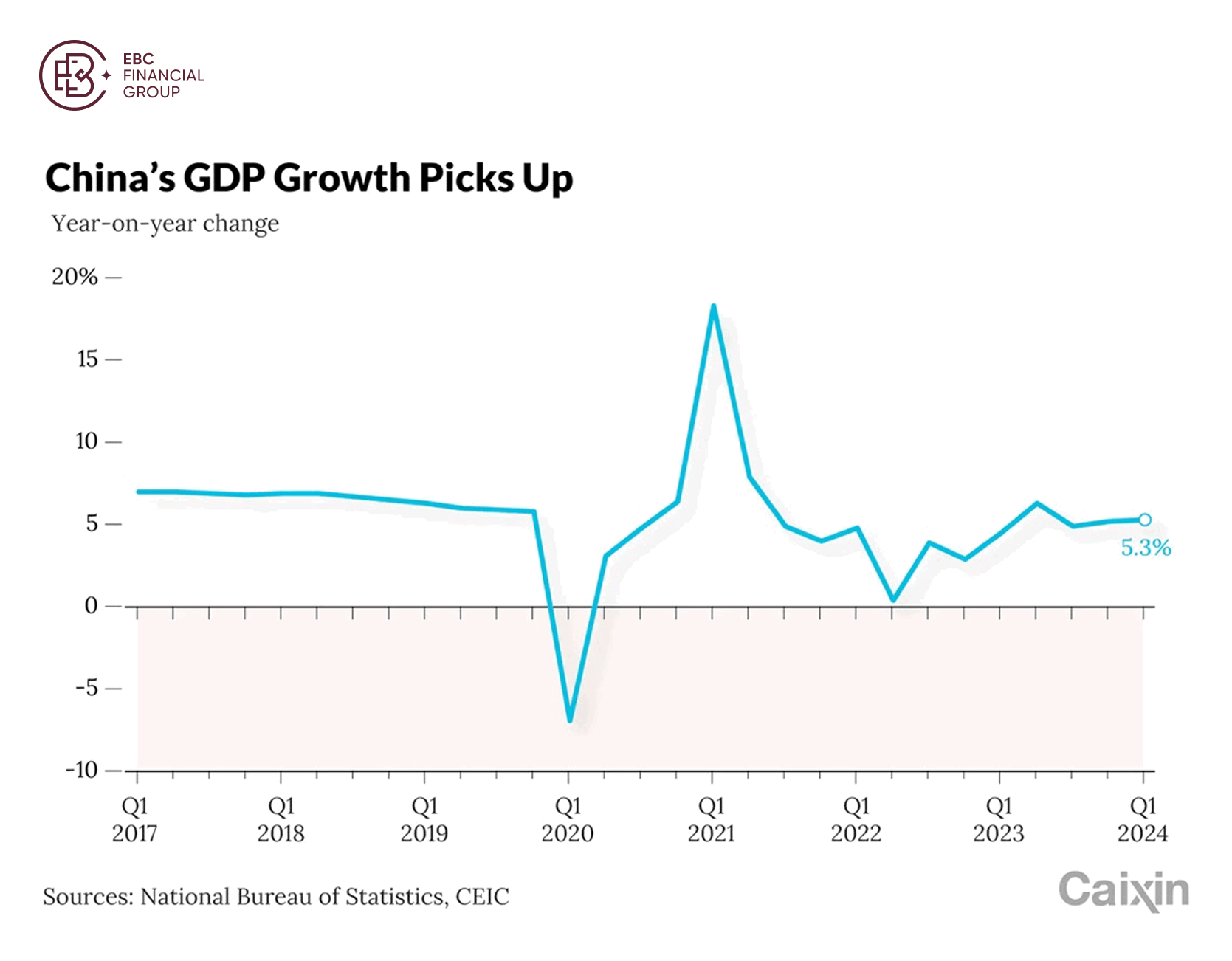
Exports remain largely resilient this year. US-bound shipment shrank 10.9%
year on year as of June, while exports to Southeast Asia nations and the EU
jumped 13% and 6.6%, respectively.
Rare earths shipment rebounded significantly from the month before, in a sign
that agreements struck between Washington and Beijing to free up the flow of the
metals were possibly bearing fruit.
But Trump is pressuring third countries used heavily for transshipments of
Chinese goods and has warned of a 10% charge on imports from brics members, a
move that could strain Chinese manufacturers.
Retail sales growth slowed to 4.8% from a year earlier with catering sales
registering its worst performance since December 2022. EV boom is cooling, while
home sales have shown few signs of recovery.
However, consumption contributed to 52% of GDP in the first half of the year,
said Laiyun Sheng, deputy commissioner at the NBS, highlighting that the share
of consumption rose in Q2.
An uptick in household spending is pivotal to a more sustainable broadening
out and participation given heavy weighting of liquor stocks in the A50. The
road seems bumpy heading into Q4.
Disclaimer: This material is for general information purposes only and is not
intended as (and should not be considered to be) financial, investment or other
advice on which reliance should be placed. No opinion given in the material
constitutes a recommendation by EBC or the author that any particular
investment, security, transaction or investment strategy is suitable for any
specific person.














